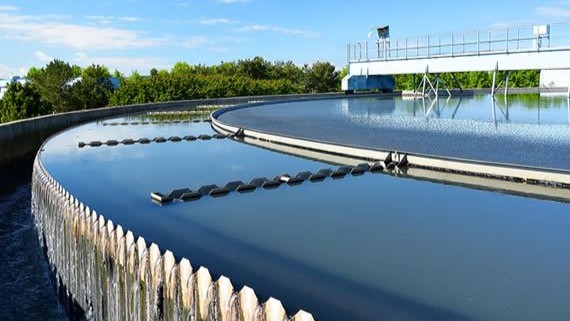The latest version of Probit’s AIM – asset investment manager – software already is helping water companies in England & Wales save time and cost in planning works to optimise geographical synergies. AIM4 also makes web service interfacing and more localised analysis available to water companies and other organisations managing large asset bases.
AIM4 sets a precedent for analysing water and wastewater assets together. Historically, those water companies that manage both water and wastewater infrastructure were unable to do so, as software with the capacity to process such vast numbers of assets was not available. This meant work stream management teams were not working collaboratively and modelling was siloed.
Increasing demand for cost efficiencies in investment programmes means asset management challenges are being given greater strategic importance and becoming more complex. Ageing infrastructure, climate change, increasing regulation, and a growing population can all impact on asset life.
Improved functionality
Reflecting on the advances of AIM4, Philip Jonkergouw, managing director at Probit said: “The biggest improvements have been to functionality, optimisation set-up capability, and adaptability. AIM4’s greatest strength lies in its ability to respond to the unknown and develop accordingly.
“AIM4 has a high level of adaptability and flexibility when clients are facing new requirements, especially during water utility price reviews or asset management modelling transitions. As a result, it can now be used to answer more and more complicated questions for clients.”
Using the AIM software, asset intensive organisations in water and other sectors can model the complete lifecycle of assets, anticipating changes and how they will impact on services. This results in better business decision-making that helps make assets more resilient and reduces service disruption and the risk of regulatory fines.
AIM4 also delivers major improvements in software functionality, such as the ability to analyse risk per region and per asset base. This allows users to examine factors such as planning constraints, along with the associated risks of not commencing work at specific points in the future, at a granular level.
In addition, AIM4 introduces the option of web services, meaning AIM is no longer a standalone piece of software with limited client interaction. Third party systems can now connect directly to AIM to enter, extract, and link up data, creating an all-round tool.
AMP7 planning
The regulatory asset management period 2020-25 – AMP7 – requires water companies in England and Wales to calculate investment needs and provide evidence on expenditure over a five-year period. By allowing asset managers to explicitly model what happens to assets under various conditions, certain questions can be asked such as how assets will deteriorate with how much risk and the associated costs due to failures in the network.
Reflecting on the growth of the AIM software, Jonkergouw says: “Initially, AIM was used for underground linear assets such as sewer and water pipes, water mains and trunk mains. Then, clients wanted to do more types of modelling to include above-ground assets, such as wastewater treatment plants and pump stations.
“Now it can be used to synchronise works across the whole water and wastewater asset base, and potentially with other sectors too. This is a perfect example of the adaptability and flexibility of the AIM software to meet new client requirements and we hope to continue these strong working relationships with AIM4 and beyond.”
Future of AIM
AIM software also delivers digital solutions and asset management across other infrastructure intensive sectors including power and transportation. The next step is to bring other utilities into the cross-sector optimisation work. For example, synchronising gas works to be done at the same location and at the same time as planned roadworks.
“There has been ambition for this in the past,” says Jonkergouw, “but until now the tools, technology and processing power were not available nor did the sectors have the datasets needed. Now that asset management streams have the potential to come together in a single optimisation investment framework in AIM, this could start to drive cross-sector collaboration and trials.”



